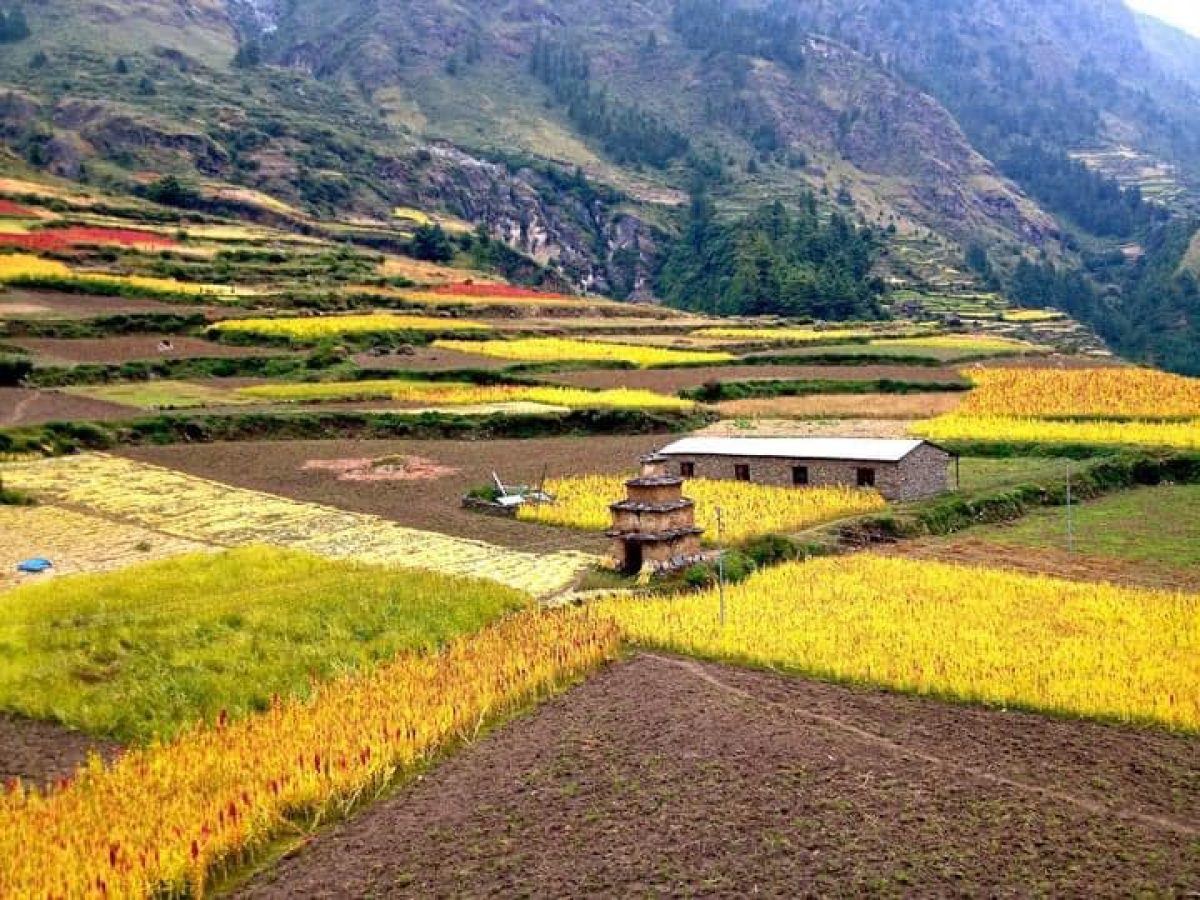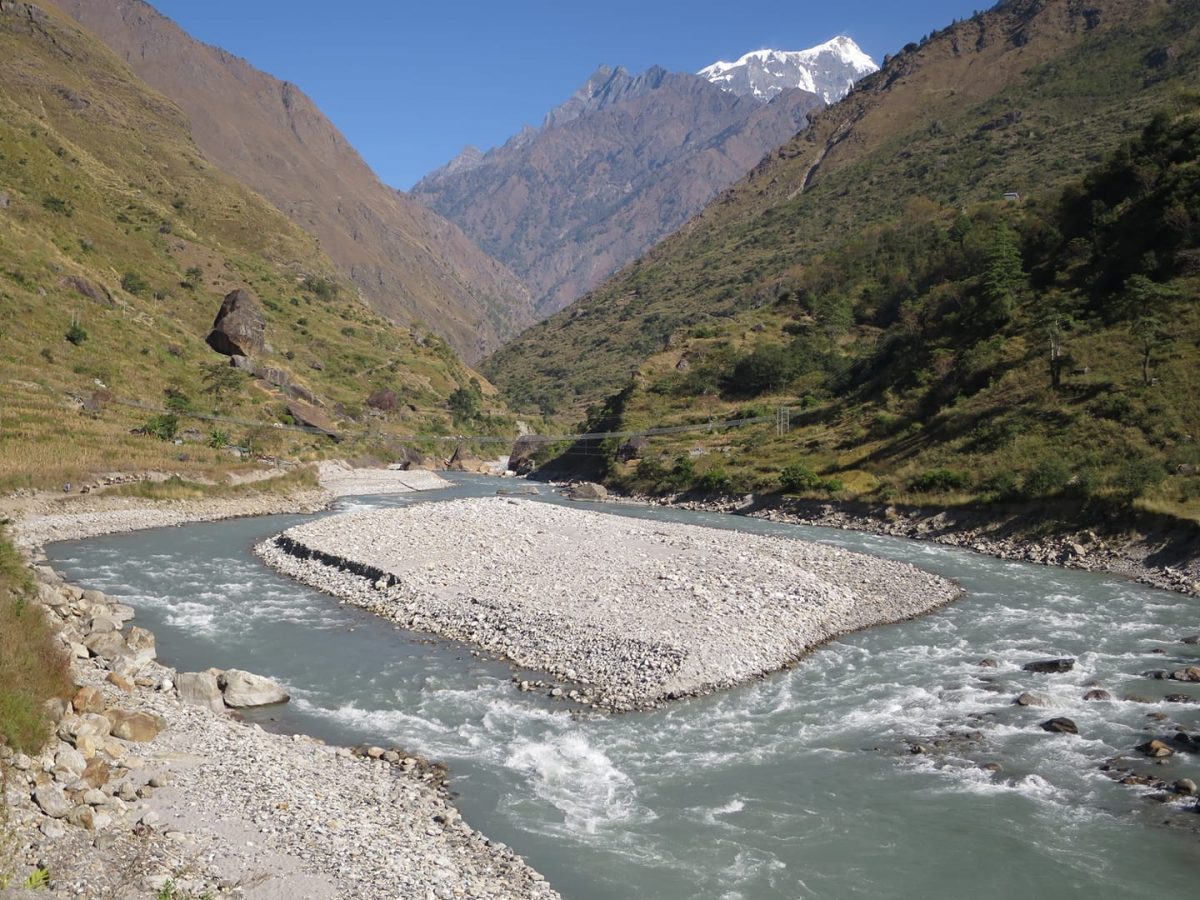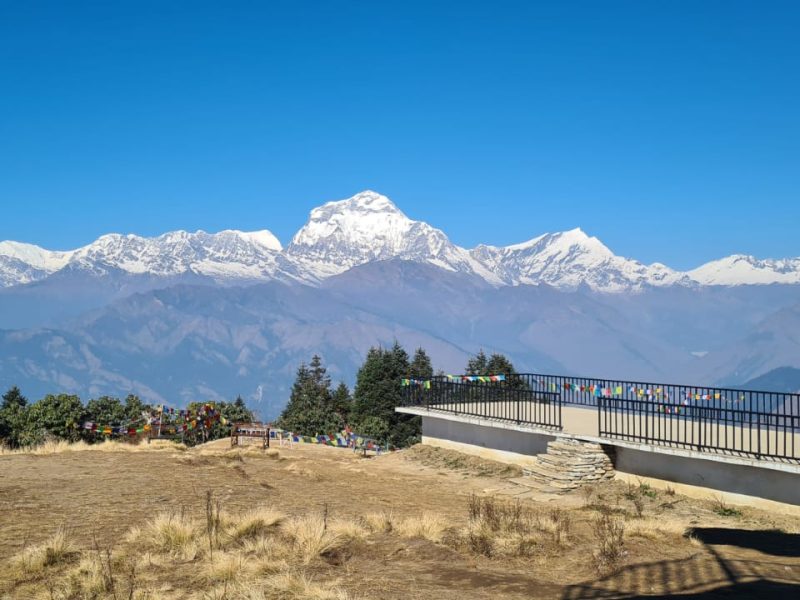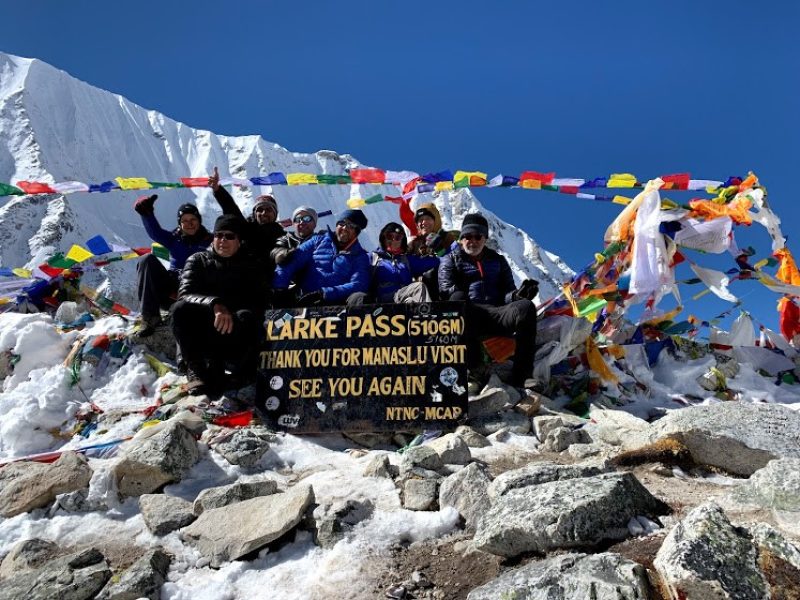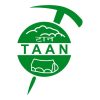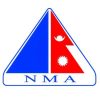Tsum Valley Trek is considered a challenging trek. It requires a good level of fitness because of the long days of walking, high altitudes, and steep climbs. It is not as popular or as easy as other treks, like the Everest Base Camp Trek, but that also makes it more peaceful and beautiful. Compared to the Everest trek, the Manaslu Circuit is more remote and less crowded, which gives you a unique and quiet experience of the Himalayas.
Trekking in the Tsum Valley is an unforgettable adventure, but it requires good physical fitness. The trails are rugged and feature steep ascents and descents, making it challenging for beginners. However, the effort is well worth it, as the trek offers stunning views of snow-capped mountains, lush forests, and traditional villages.
One of the valley’s most striking features is its unique architecture. Travelers will encounter square chortens, stone houses, and ancient religious sites that reflect the valley’s rich history. The Mu Gompa and the 800-year-old Dephyu Doma Gompa are among the highest permanent settlements in the region. These sites are not only places of spiritual significance but also provide breathtaking views of the surrounding mountains.
Visitors to the Tsum Valley can experience the warm hospitality of the locals at the Rachen and Gumba Lungdang Nunneries. These nunneries allow travelers to participate in evening rituals and soak in the peaceful atmosphere. Surrounded by stunning mountain vistas, these moments are often considered the highlight of the trek.
Tsum Valley Trek
One of the extensions of the Manaslu Circuit Trek is the Tsum Valley Trek. This part takes you to the hidden Tsum Valley, which is a remote and sacred area, known for its Tibetan Buddhist culture. The Tsum Valley Manaslu Circuit Trek combines both the main Manaslu circuit and the Tsum Valley, offering a richer cultural experience along with the beautiful natural scenery.
Permit Cost for the Tsum Valley Trek
To trek the Manaslu Circuit, you need several permits. The Manaslu Restricted Area Permit is required, as the area is a restricted zone. You will also need a TIMS (Trekkers’ Information Management System) card, along with other permits depending on the route. The cost of the permits varies, and it’s important to arrange them before the trek begins.
Tsum Valley Trek 15 Days Itinerary
If you are looking for a shorter version of the trek, you can choose a 14-day itinerary for the Manaslu Circuit Trek. This plan allows you to complete the trek in a little less time, but you will still get to enjoy all the highlights, including views of the mountains, experiencing local cultures, and reaching the Larke La Pass.
Tsum Valley and Manaslu region in Nepal offer some of the most scenic and culturally rich trekking experiences in the Himalayas. The Tsum Valley Trek is a sacred Himalayan pilgrimage route that lies in a hidden valley close to the Tibetan border. Known for its strong Tibetan Buddhist culture, ancient monasteries, and untouched villages, the trek offers a unique opportunity to explore a region that was restricted to outsiders until recently. You’ll walk through beautiful forests, suspension bridges, and remote settlements where age-old traditions are still alive.
On the other hand, the Manaslu Circuit Trek circles the majestic Mt. Manaslu, the world’s eighth-highest mountain (8,163m). This trek offers dramatic mountain scenery, diverse landscapes, and a thrilling high mountain pass – the Larkya La (5,106m). It is considered a great alternative to the Annapurna Circuit, with fewer trekkers and more wilderness. Trekkers often combine both treks — starting in Tsum Valley and continuing on the Manaslu Circuit — for an extended adventure that blends cultural discovery with alpine challenge.
Whether you choose the serene and spiritual Tsum Valley or the adventurous and scenic Manaslu Circuit, both treks deliver an unforgettable journey through Nepal’s remote Himalayan landscapes.

